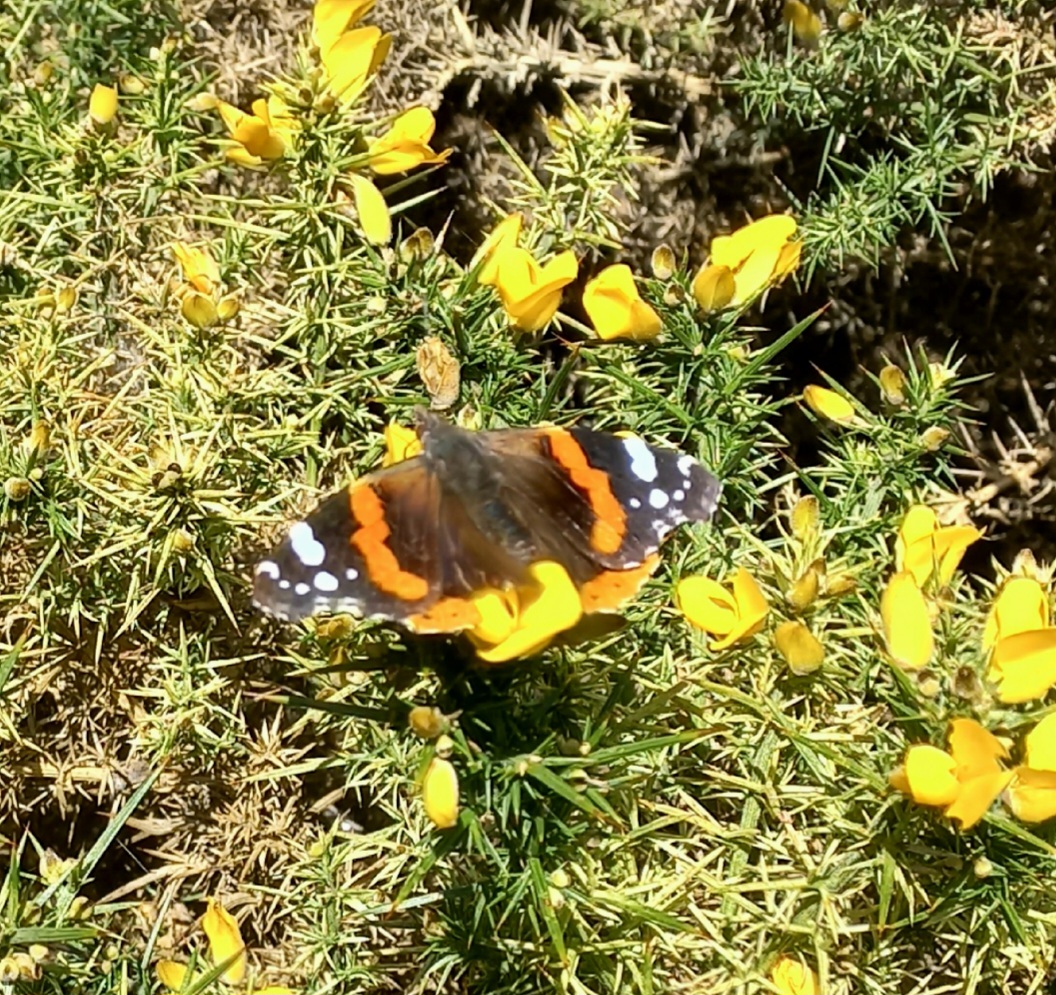304
1
Thousands more badgers could be killed under proposal to raise target numbers in cull
(www.independent.co.uk)
306
1
It's toad patrol time in the UK - here's how you can help amphibians near you
(www.nationalworld.com)
309
1
311
1
How the critically endangered wildcat is being monitored in the Highlands
(www.thenational.scot)
313
1
Why trees are the solution to many problems, but not all - Dr Ruth Mitchell
(www.scotsman.com)
315
1
316
1
317
1
Legal challenge over plans to relax sewage laws for housebuilders in England
(www.theguardian.com)
318
1
319
1
321
1
Bird flu causing ‘catastrophic’ fall in UK seabird numbers, conservationists warn
(www.theguardian.com)
322
1
UK Nature and Environment
677 readers
27 users here now
General Instance Rules:
- No racism, sexism, homophobia, transphobia or xenophobia.
- No incitement of violence or promotion of violent ideologies.
- No harassment, dogpiling or doxxing of other users.
- Do not share intentionally false or misleading information.
- Do not spam or abuse network features.
Community Specific Rules:
- Keep posts UK-specific. There are other places on Lemmy to post articles which relate to global environmental issues (e.g. slrpnk.net).
- Keep comments in English so that they can be appropriately moderated.
Note: Our temporary logo is from The Wildlife Trusts. We are not officially associated with them.
Our spring banner is a shot of Walberswick marshes, Suffolk by GreyShuck.
founded 2 years ago
MODERATORS
